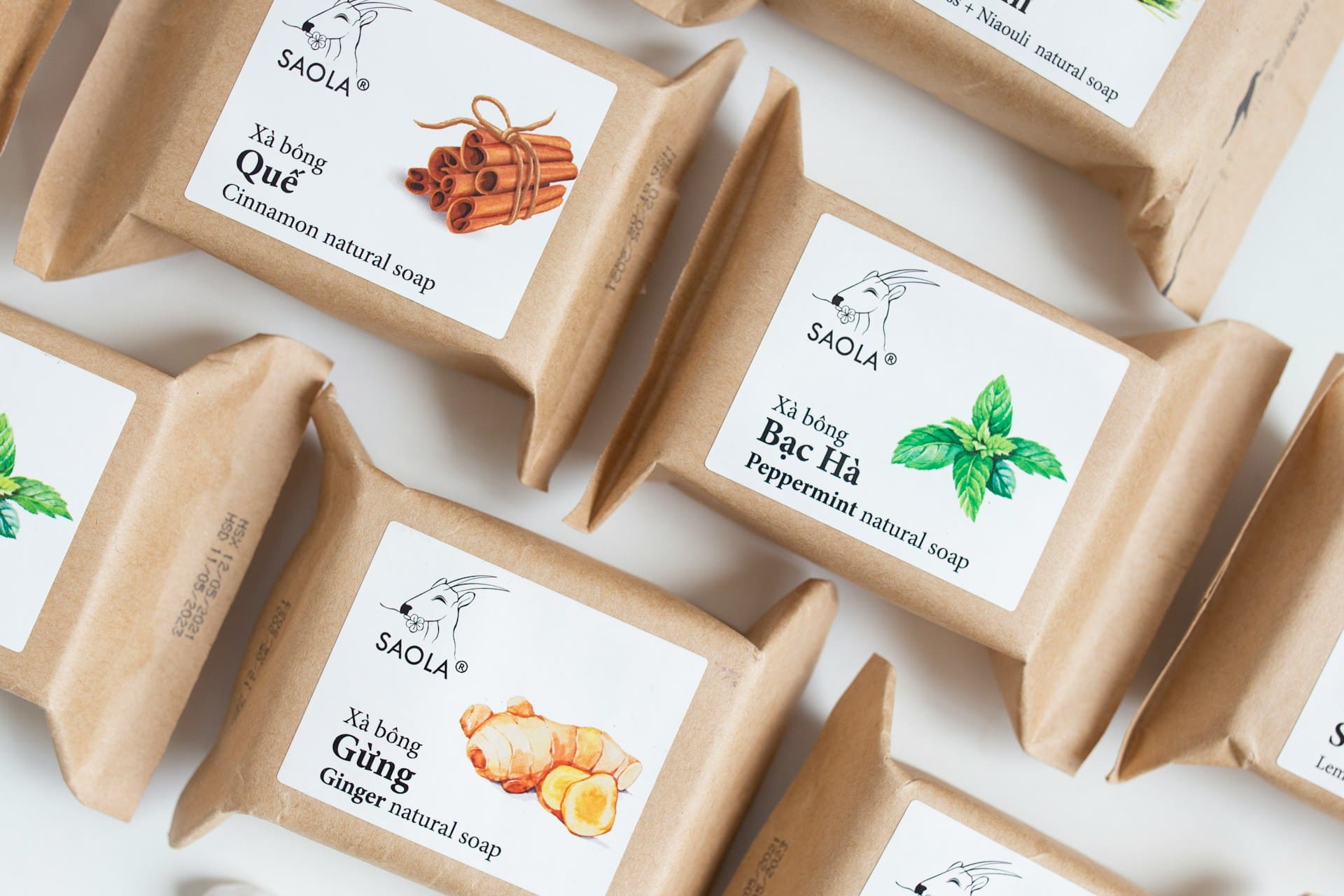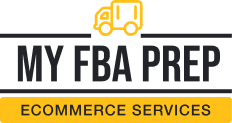
Beyond the Box: How Right-Sized, Digitally Printed Packaging is Rewriting the Rules for eCommerce Fulfillment

This is a guest post from the EFI team. EFI has recently introduced the Packsize EFI X5 Nozomi, a new packaging creation tool capable of digitally printing, right-sizing, and erecting custom boxes.
For many eCommerce brands and fulfillment providers, packaging has historically been an afterthought: a necessary step in the pick-pack-ship process that often lags behind advancements in automation. But with rising customer expectations, labor challenges, and mounting pressure to deliver both efficiency and brand value, it’s time for packaging to pull its weight.
In this article, we’ll discuss why it’s so important to get your packaging sizes right and optimize your branding.
“As the world continues to change faster than ever, our challenge is to change just as fast,” said John Wiehoff, then-CEO of leading 3PL C.H. Robinson. “Supply chains are only getting more complex, requiring a more collaborative relationship between 3PLs and their customers.”
For brands and logistics teams looking to reduce costs and differentiate their service, packaging is an opportunity.
The Hidden Costs of Traditional Packaging
Legacy packaging workflows create inefficiencies that compound at scale:
- Box inventory: Warehouses often store thousands of SKUs in varying sizes, tying up capital and floor space.
- Labor-heavy processes: Workers must select, assemble, label, and often overfill boxes manually, each step introducing time and variability.
- Lead times: Traditionally procured custom-branded boxes can take 8+ weeks from design to delivery, making last-minute promotions or personalization virtually impossible.
These inefficiencies are especially painful for operations serving multiple product lines, brands, or geographies — whether through a 3PL, internal warehouse, or a combination of both. When every product and customer is different, packaging shouldn’t be one-size-fits-all.
A New Model: On-Demand, Right-Sized, Digitally Printed Packaging
Packaging creation tools can eliminate the constraints of traditional box production. Here’s why it works so well.
Real-time sizing
Modern packaging systems use order-level data—such as product dimensions, weight, and contents—to generate perfectly sized boxes on demand. Instead of relying on a fixed set of pre-stocked box SKUs, the system cuts corrugated fanfold material to the exact size needed for each shipment. This eliminates unnecessary void fill, reduces shipping costs (especially under dimensional weight pricing), and ensures a tighter, more protective fit for the items being shipped. It’s especially impactful for operations handling diverse product catalogs or mixed-order SKUs.
On-demand digital printing
As each box is created, branding elements—like logos, promotional messaging, regulatory text, barcodes, and even personalized customer details—can be printed directly onto the corrugated material in real time. This eliminates the need for pre-printed inventory or label application, and it opens the door to dynamic, order-specific customization. Brands can adapt box designs mid-shift, highlight limited-time offers, or embed QR codes that drive customers to digital experiences such as loyalty programs or post-purchase upsells.
Inline production
Rather than requiring a dedicated, standalone packaging process, these systems are designed to fit seamlessly into existing fulfillment workflows. Box creation, printing, and assembly occur inline with picking and packing, which reduces handling time and minimizes operational friction. This integration allows fulfillment centers to eliminate the need for large staging areas or surplus packaging inventory, increasing floor space efficiency and reducing touchpoints from packing to shipping.
Why Packaging Matters for Fulfillment Operations
Lower Labor and Touchpoints: According to McKinsey, labor can account for 65% of total warehouse costs. With the X5 Nozomi, the need for box selection, assembly, manual labeling, and repacking is significantly reduced or automated entirely, freeing up workers and simplifying operations.
No More Bottlenecks: With traditional custom packaging, special promotions or seasonal designs take months. With on-demand digital print, designs can be changed on the fly — even mid-shift — supporting last-minute marketing opportunities or client-specific needs instantly.
Right-Sizing Means Real Savings: Right-sizing can reduce corrugated usage by up to 40% and filler materials by more than 80%. This not only saves on material costs but can also lower shipping costs, especially under dimensional weight pricing models used by major carriers.
Easier Multi-Brand Fulfillment: Many fulfillment operations support multiple product lines, sellers, or sub-brands. Instead of maintaining separate packaging SKUs for each, the X5 Nozomi prints brand-specific graphics on every box as it’s made — supporting brand diversity without added complexity.
Brand Experience, Delivered: According to Dotcom Distribution, when presented with premium packaging, 34% of consumers say they’re compelled to shop with a brand again, 41% get more excited about opening the package, and 51% are inclined to think a brand is more upscale. Custom packaging can deliver that experience with vivid colors, personalized text, or QR codes tied to campaigns or loyalty programs.
Streamlined Labeling and Smarter Routing: On-demand packaging printing can also reduce costs and errors in the labeling process. With integrated variable data printing (VDP), required labels — like shipping, routing, or hazardous materials labels — can be printed directly on the box itself, eliminating the need for additional hardware, adhesive materials, or manual application. This reduces complexity in automated fulfillment centers, where multiple labels are often applied post-packing. Combined with smart sizing and routing data, the system maintains quality box decoration and enhances accuracy and throughput on high-speed lines.
Packaging as a Revenue Stream, Not a Cost Center
With the flexibility of digital print, packaging becomes a marketing and monetization platform:
- Personalized designs: Let customers select box designs for holidays, events, or gifting occasions.
- On-box promotions: Include dynamic QR codes that lead to special offers, cross-sells, or loyalty programs.
- Advertising space: Sell branded space on boxes to relevant third parties, a medium 4x more effective than digital ads. The e-commerce box becomes a mobile billboard.
With variable data printing, you can change every single box dynamically: by customer, order, promotion, or geography,” said Kerry Sanders, VP market development at EFI. “We’re finally making personalization at scale a reality.”
A Sustainability Win
Consumer demand for sustainability is rising fast. The 2023 Trivium Packaging “Buying Green” report found that 82% of shoppers are more likely to purchase products with sustainable packaging.
Tools like EFI’s X5 Nozomi supports that by:
- Reducing corrugated and filler waste via right-sizing.
- Eliminating box overruns and obsolete inventory.
- Using GREENGUARD Gold-certified, low-emission water-based inks.
The First Physical Touchpoint in eCommerce
eCommerce is a digital experience… until the box shows up. And that moment is critical.
- Personalized packaging creates brand lift.
- On-demand production increases speed to market.
- Automation reduces cost and labor strain.
- Packaging becomes smarter, leaner, and more effective.
Smart packaging systems can turn the humble shipping box into a strategic advantage that saves costs, reduces complexity, boosts brand loyalty, and creates new revenue streams.
It’s not just about shipping smarter. It’s about delivering better: for your team, for consumers, and for the future of fulfillment.
